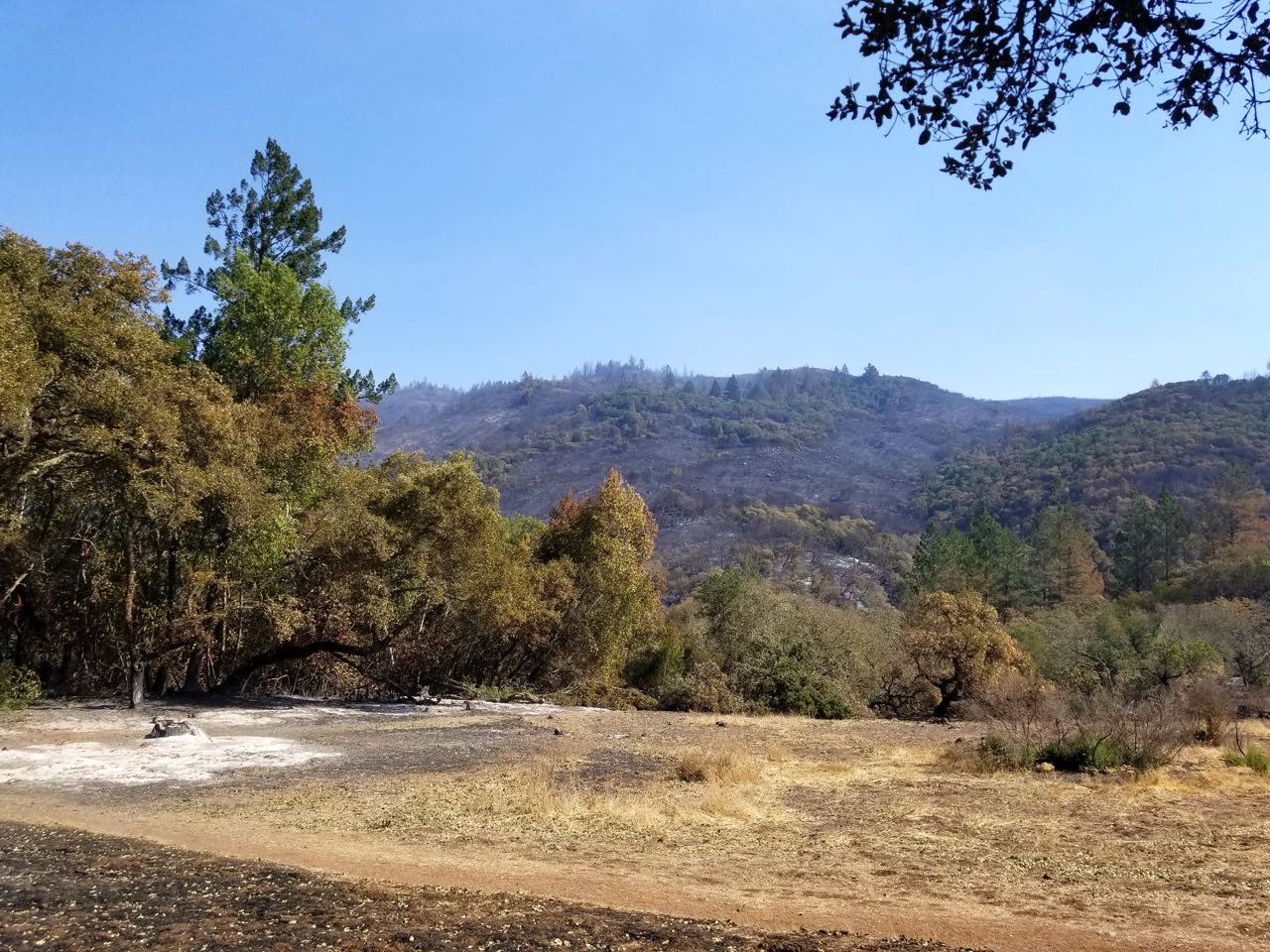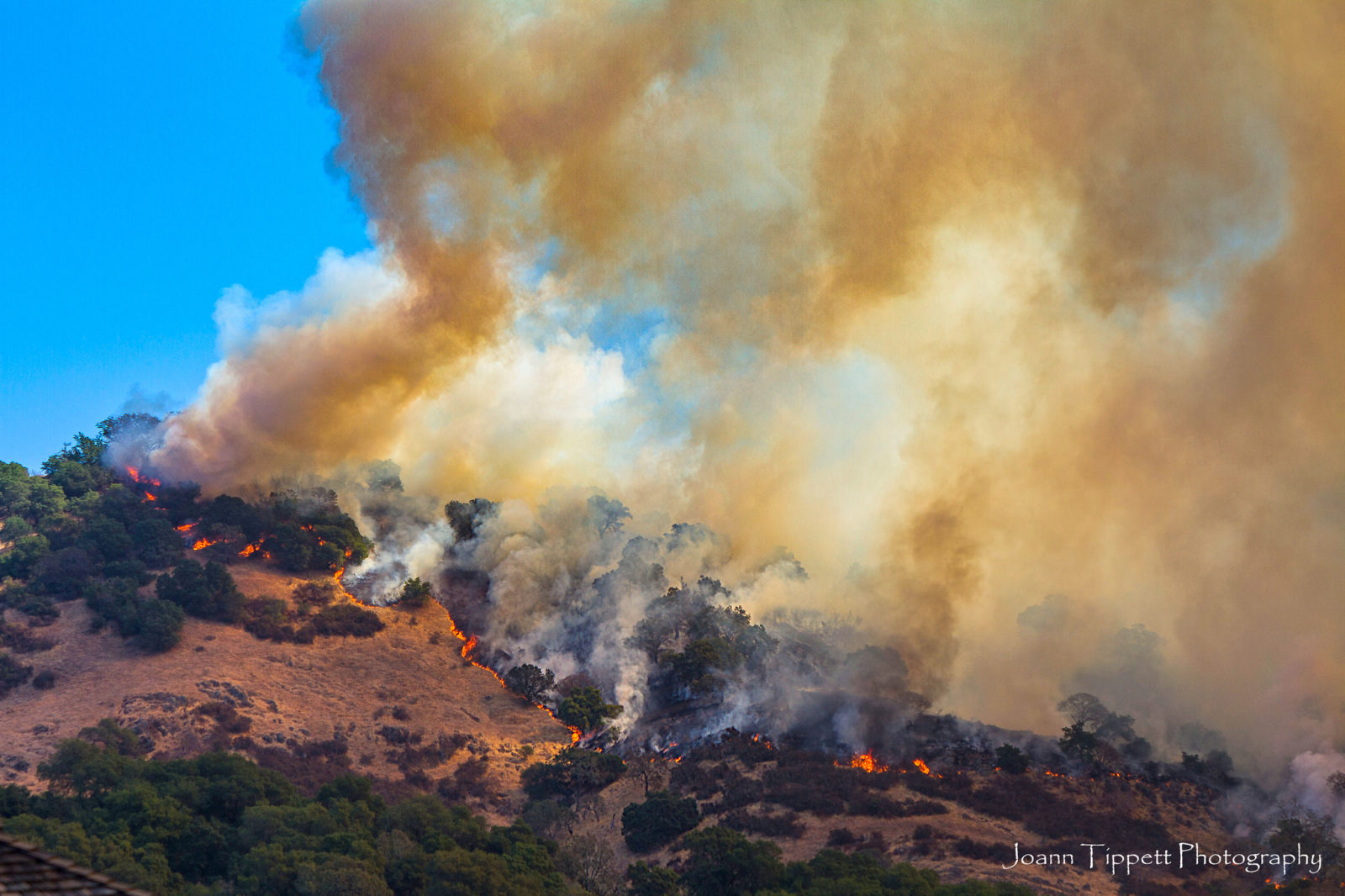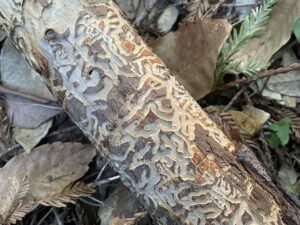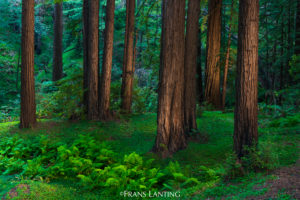How vulnerable are other parts of the Bay Area to wildfires like the ones devastating the North Bay counties? What can people do to better protect themselves this year and in future years from large-scale fires?
These are great questions. Unfortunately, other parts of the Bay Area are absolutely vulnerable to devastating fires not unlike those seen in the North Bay this month.
In particular, I would put the East Bay area at the top of that list based on its fire history (Berkeley Hills Fire and Oakland Firestorm) and the time that has elapsed since these last serious fires, but likely other areas as well.
We live in a landscape that is adapted to frequent fire, yet for a century we have been suppressing fire as much as possible, thinking we could do this indefinitely without consequence. As a result, most of our undeveloped lands across the Bay Area, and much of Northern California even, have accumulated unnatural fuel loads — dead woody debris and leaf material as well as encroaching trees that collect over time.
To counteract this accumulation of fuel on the landscape, we can conduct fuels treatments — grazing and browsing of animals, mechanical thinning, pile burning, and prescribed burning — to mimic the fire-dependent process, reduce the amount of dead material and restore an ecosystem balance. When we conduct fuels treatments on a regular basis, our woodlands and forests are healthier and safer and more resilient against serious fires. In this scenario, when wildfire does occur it burns at severities appropriate by plant community. We can still expect high-severity fire in chaparral, because that is what chaparral is adapted for, but we can expect fire behavior and associated severity to decrease as fire approaches woodlands and mixed-evergreen forests. On the other hand, if we do not actively manage our landscapes to minimize fuel loading, we set ourselves up for catastrophic wildfire where larger areas, including areas that typically prefer burning at low-severity, are more likely to burn at high-severity.
Here in the Bay Area, there isn’t a “no fire” option. Because of our Mediterranean climate — wet, cool winters and hot, dry summers — fire will always be a part of our world here. Additionally, as climate change affects our summers by extending that hot, dry season and causing hotter, drier weather within it, our fire season is getting longer and becoming more extreme.
Furthermore, we can add to that our Foehn winds, which we call the “Diablo” winds in the Bay Area (alternatively known as Santa Ana winds in Southern California). Foehn winds happen every year around this time — they’re the warm, extremely strong, and often very dry downslope winds we feel come raging through at 50 to 60 miles per hour. Consider all of this together — cool, wet winters stimulating growth, hot, dry summers resulting in dried vegetation, and Foehn winds that encourage dramatic fire behavior — and it is impossible to deny that our climate sets a perfect stage for fire with the effects potentially even stronger under the influence of climate change.

If you would like to better protect yourself from wildfires in the future, there are lots of things you can do! On the home front, make sure you are regularly cleaning and clearing debris and fuels around your home. I recommend going to firewise.org and spending some time reading through the information and materials on that site. They give great instructions for creating “defensible space,” as well as types of home construction and landscaping that can make a huge difference in how your home fares in the face of fire.
Beyond your home, voice your support for fuels treatments of all kinds across undeveloped lands. To date, land managers face immense backlash when the public hears of planned fuels treatments. It’s time to start supporting this work that so desperately needs to be done. Let your fire departments and politicians know that you support fuels treatments. Let your neighbors know how important they are. Educate yourself on the ecological adaptations of our landscapes to fire. Recommended reading: Introduction to Fire in California by David Carle.
Fire will always be a part of our world here, but we have a choice. We can learn to live with fire in a firewise manner, or we can continue to live against it and suffer the consequences. I’ve seen the immense outpouring of love and coming-together of community that we are capable of through the tragedies of the last month. I’d like to believe that we can use that same strength to come together, empower ourselves, and revolutionize our relationship with the land around us such that we can prevent this from ever happening again.
Ask the Naturalist is a reader-funded bimonthly column with the California Center for Natural History that answers your questions about the natural world of the San Francisco Bay Area. Have a question for the naturalist? Fill out our question form or email us at atn at baynature.org!





